Hedgehogs were first introduced in New Zealand in the 1870s to make British settlers feel more at home. Now, 150 years later, the impact hedgehogs have on our native species has earned them the title of “the most underrated predator”.
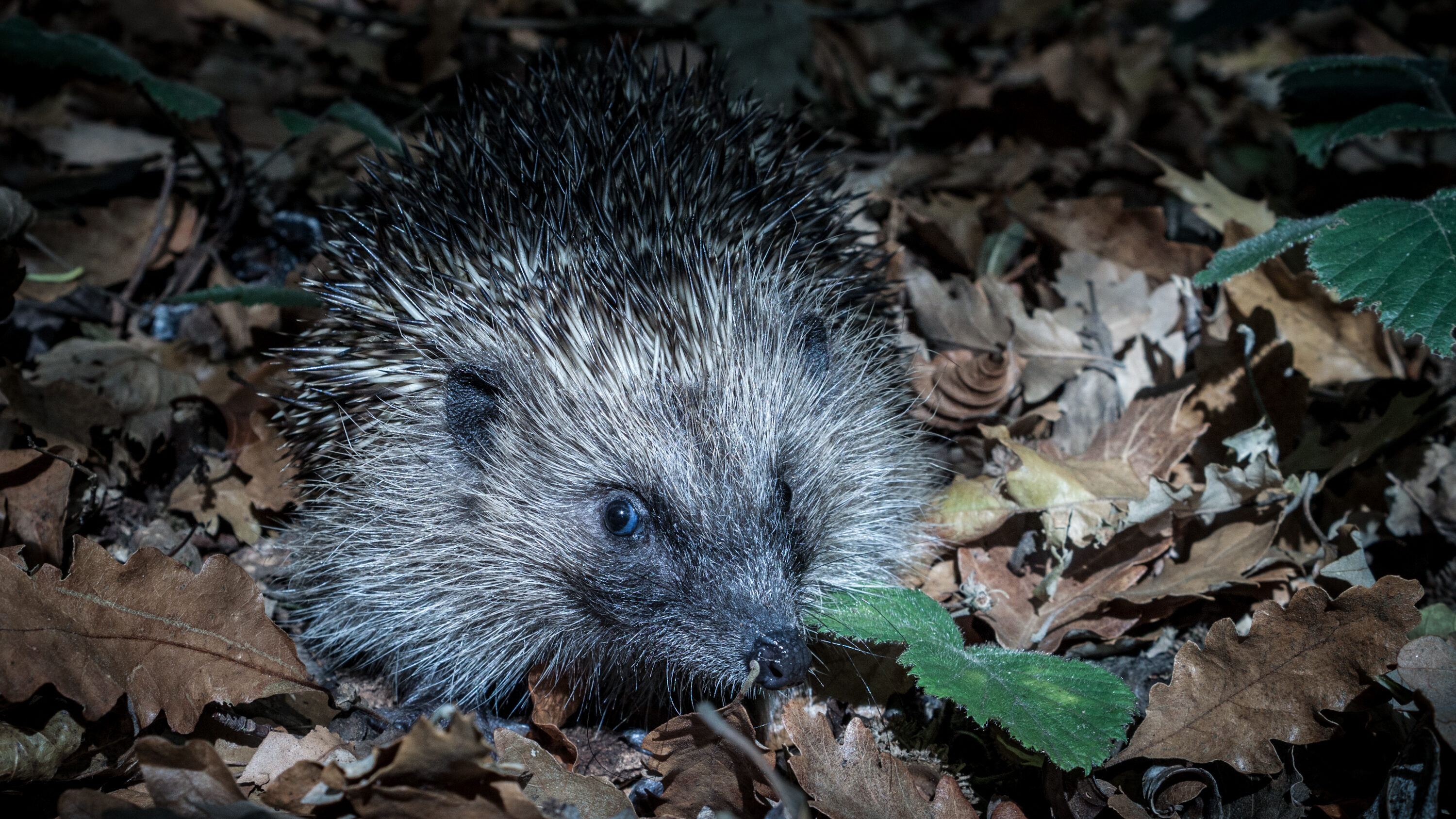
With our childhood memories of feeding them milk on saucers, many New Zealanders struggle to reconcile the fact that hedgehogs impact our native species, so we’ve pulled together five facts so you can learn more about them.
1. The hedgehog population in New Zealand is more numerous than in their native homeland, the United Kingdom
New Zealand has one of the world’s largest introduced hedgehog populations. In many parts of the country there are an estimated two to four hedgehogs per hectare (a hectare is approximately the size of a rugby field) and in some areas there may be as many as eight!
You can find them in grassland, braided riverbeds and frier forest habitat.
In Europe, they are hunted by pine martens, foxes and badgers, but here in New Zealand they have few predators, instead themselves enjoying a banquet of food including lizards, bird eggs and wētā.
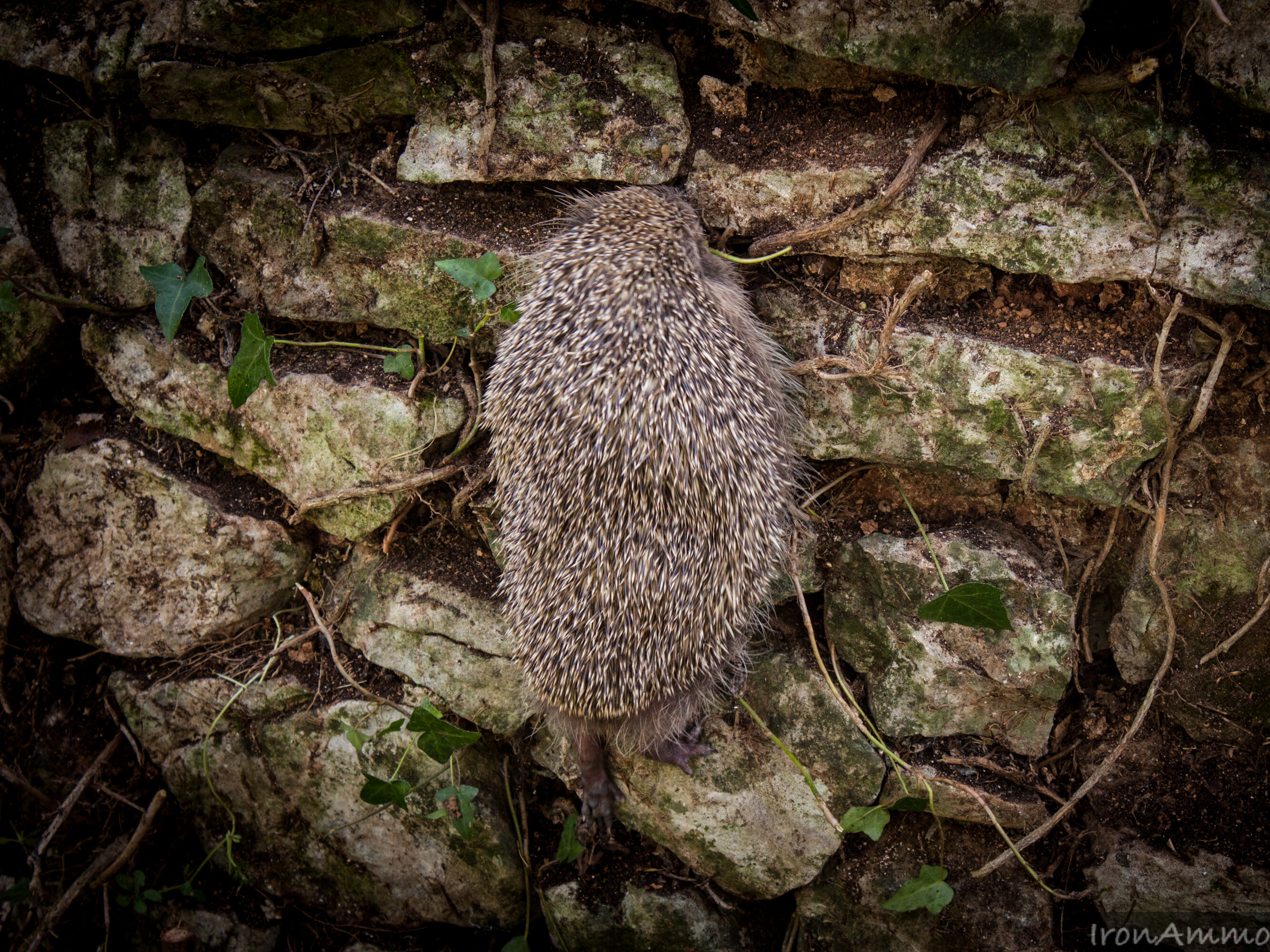
2. Hedgehogs are mountain climbers
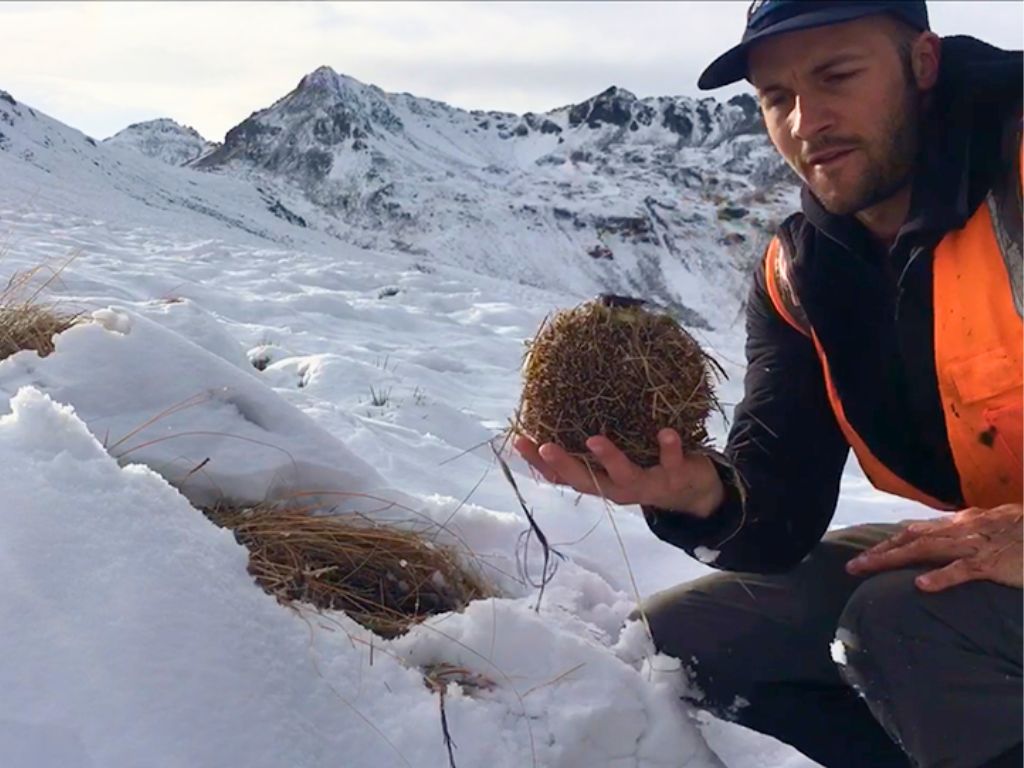
A hedgehog was spotted nearly 2,000 metres up a mountain in the Mackenzie Basin during summer, to researchers’ surprise.
They then attached small transmitting “backpacks” onto 30 hedgehogs to track their movements to see if they move to lower elevations during winter. The researchers thought the hedgehogs would move short distances downhill, avoiding the harsh conditions of alpine zones.
However, they were found to hibernate and even rear young in high-elevation areas, proving hedgehogs aren’t just visitors to these zones, they are residents.
3. One hedgehog was found with 283 wētā legs in its stomach
The hedgehog was found while research was being done in the upper Waitaki basin area.
Wētā have six legs which means approximately 47 wētā were eaten in a single night’s foraging.
Researchers were looking into the diets of hedgehogs and the implications for conservation (PDF, 140 KB).
In the same study, 22% of hedgehogs were found to have wētā remains in their stomachs.
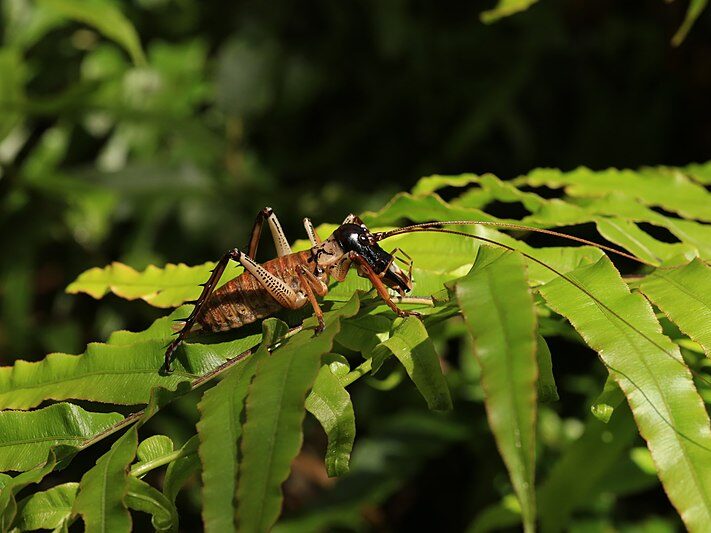
4. Hedgehogs eat more than just slugs and snails
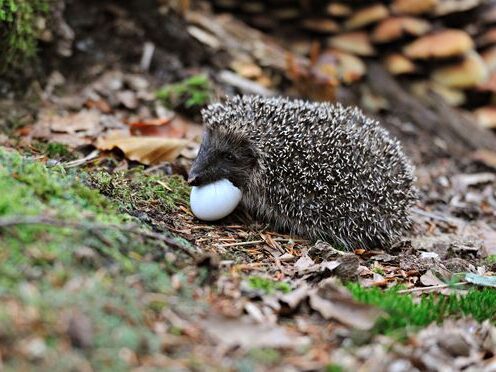
They eat a varied diet of meat that can include lizards, skinks, mice, bird eggs and chicks.
In a 2009 study looking into the stomach contents of hedgehogs caught at Macraes Flat in Otago, 21 percent of hedgehogs had fed on skinks. Female hedgehogs ate significantly more skinks than the males. This may be linked to the high energy demands of females during breeding season.
In Wellington, lizard numbers are growing at Baring Head due to the success of trapping hedgehogs.
5. Hedgehogs prey on birds and eggs
Hedgehogs are a major threat to river birds, particularly breeding ones like banded dotterel, black-fronted terns and pied oystercatchers. They eat their eggs and kill the chicks.
BRaid, a group working to protect, enhance and restore braided river ecosystems, recorded trail camera footage of a hedgehog eating dotterel eggs.

